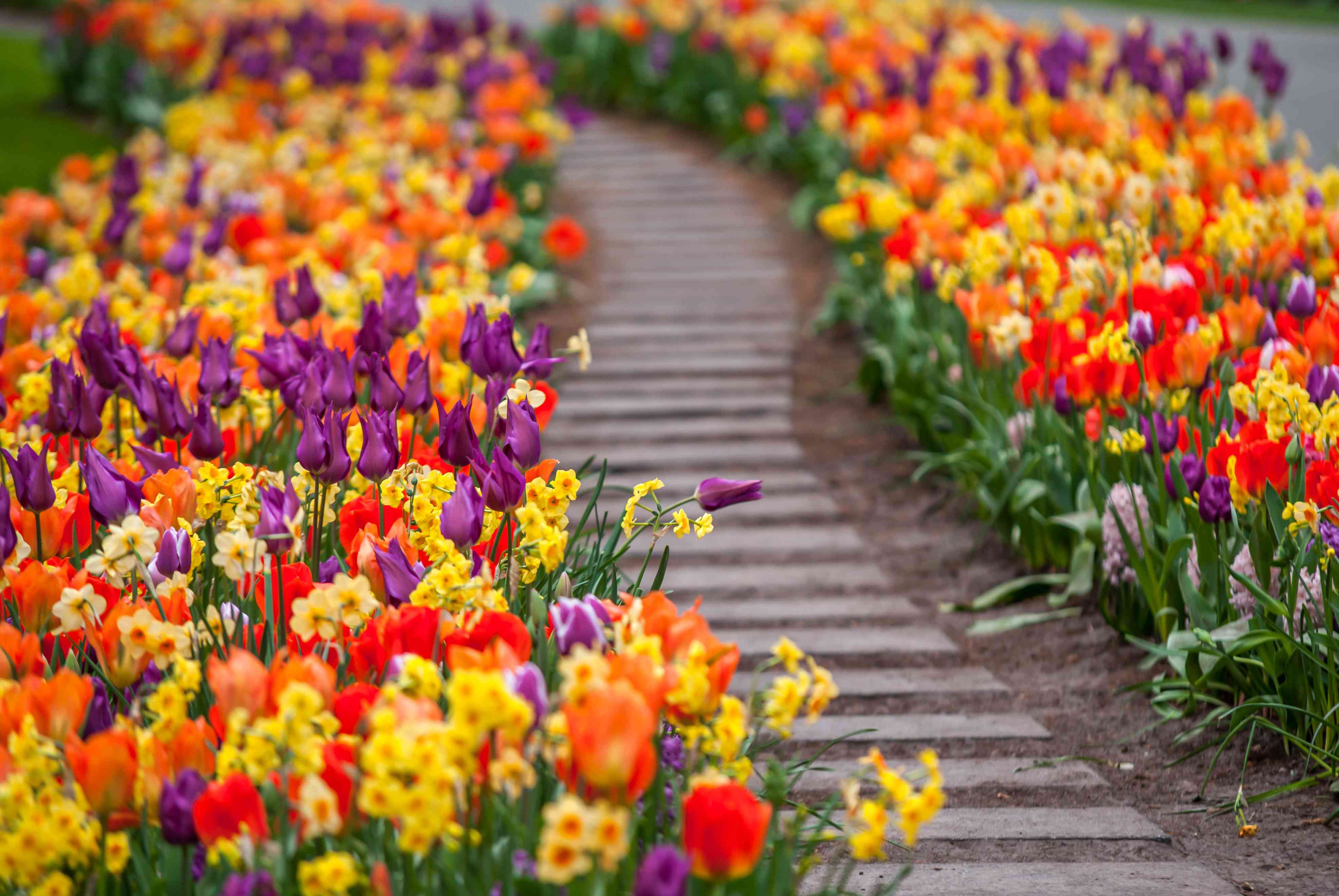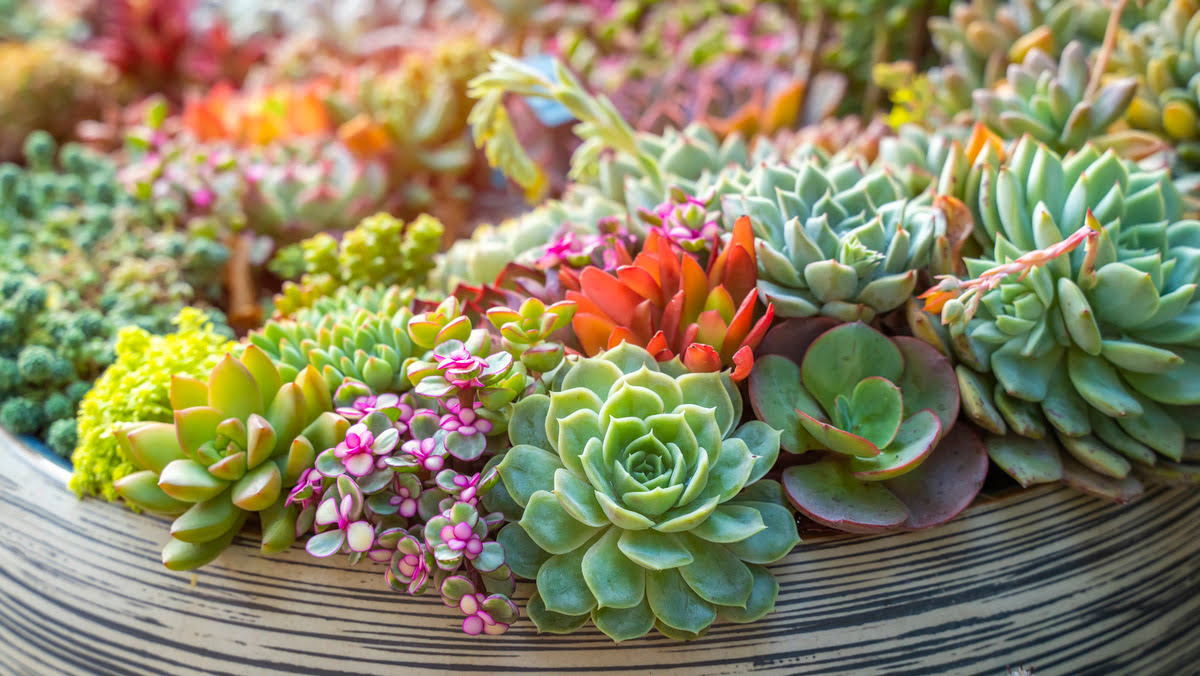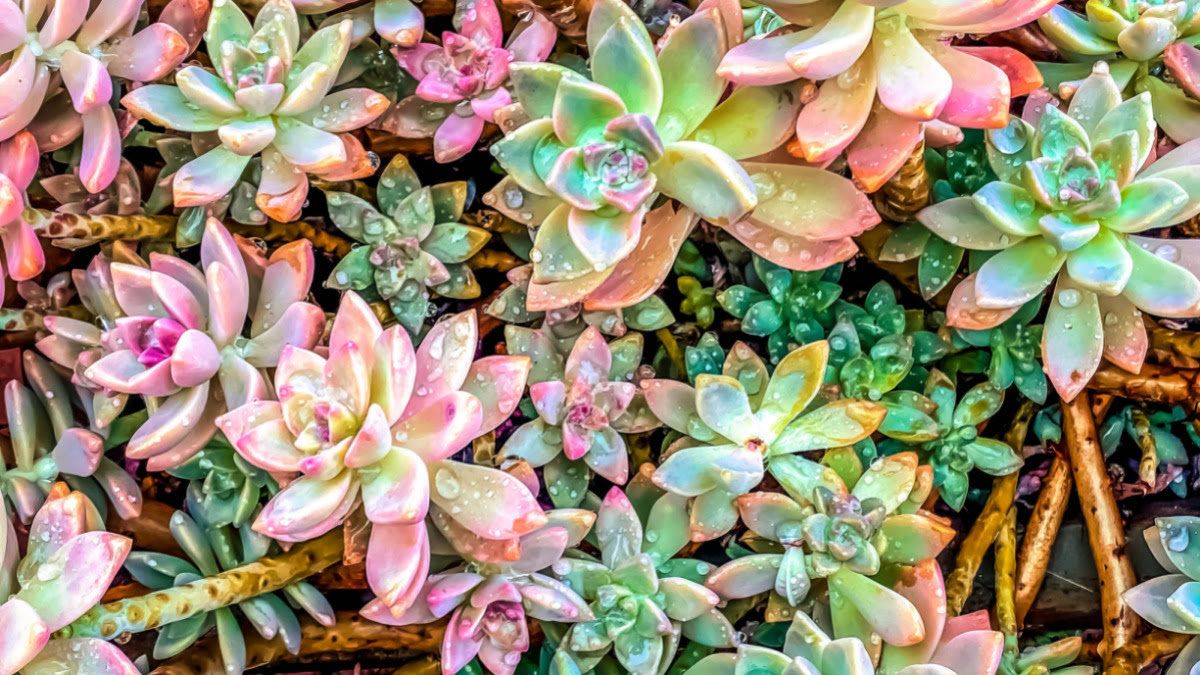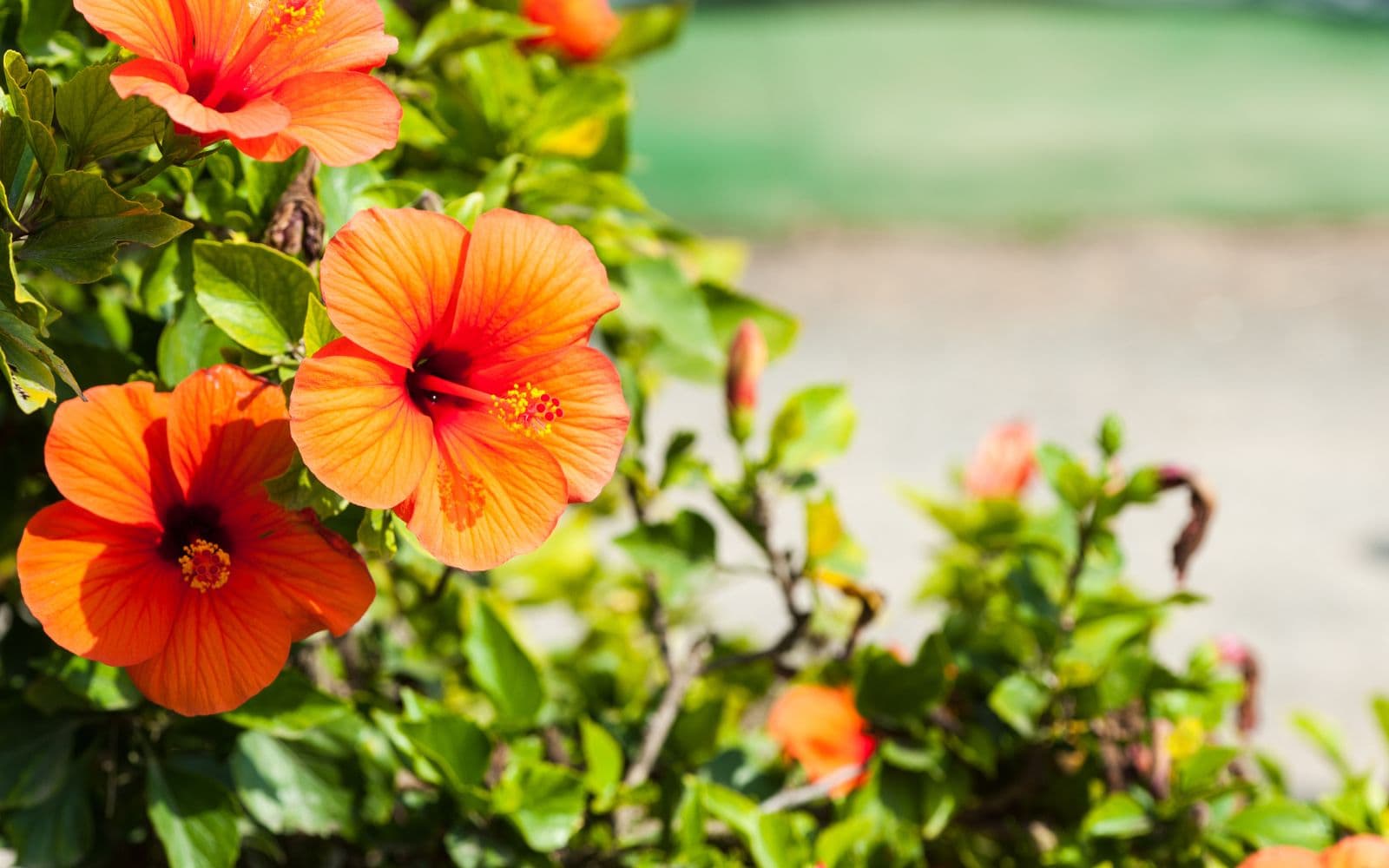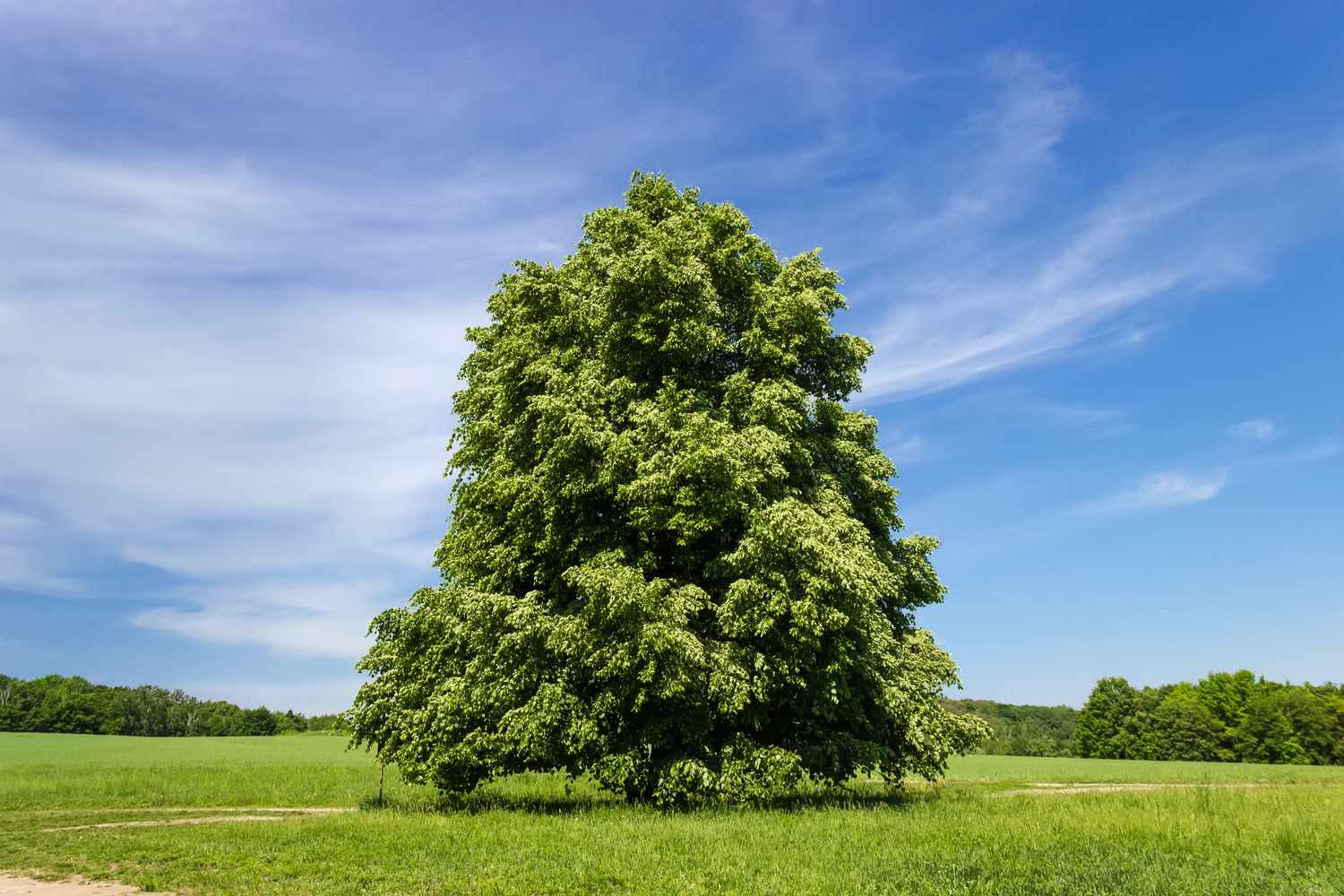Home>Gardening Techniques>Seasonal Gardening>What Color Are Trees
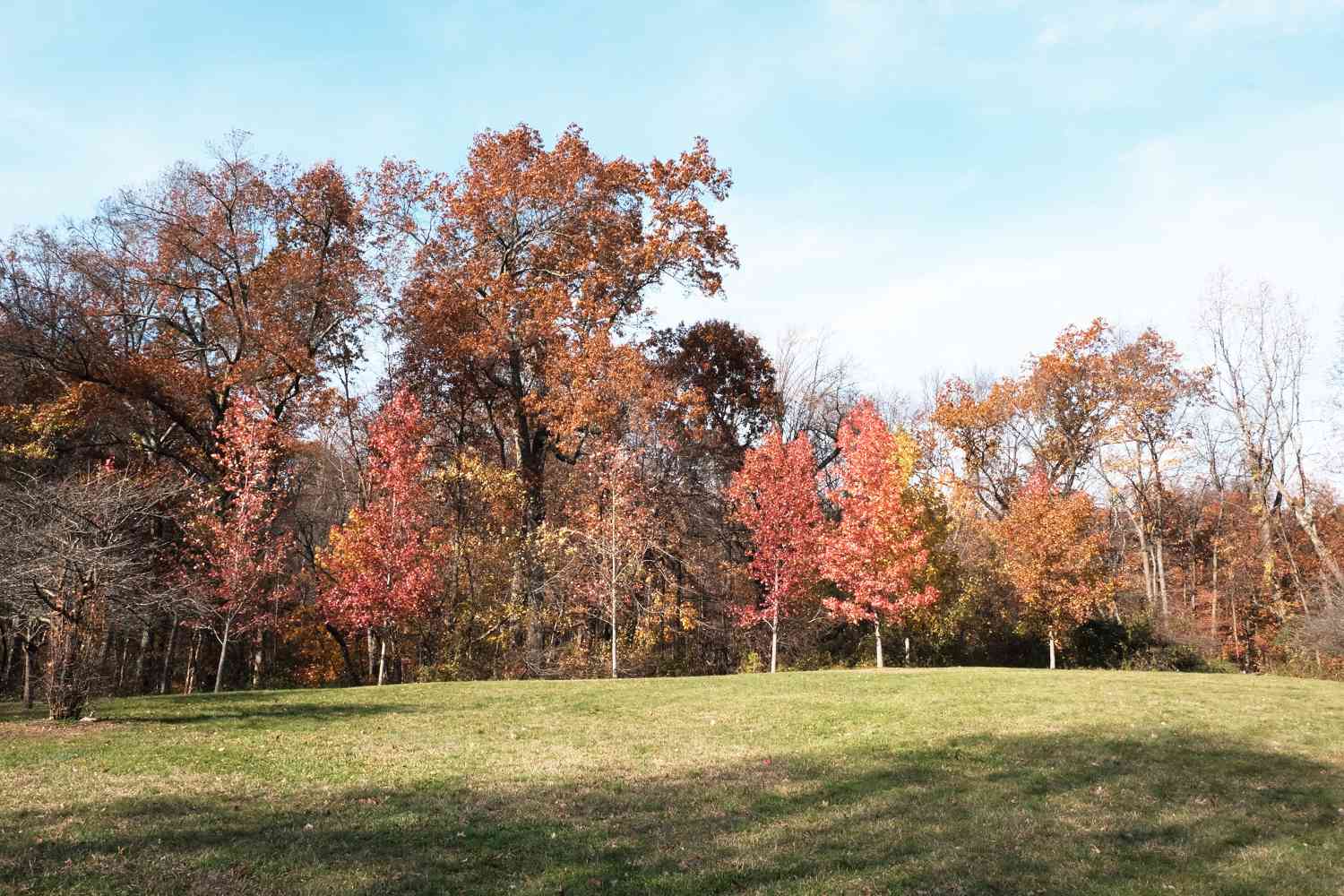

Seasonal Gardening
What Color Are Trees
Modified: January 22, 2024
Discover the vibrant hues of trees throughout the seasons with seasonal gardening. Explore the changing colors and beauty of nature in your own backyard.
(Many of the links in this article redirect to a specific reviewed product. Your purchase of these products through affiliate links helps to generate commission for Chicagolandgardening.com, at no extra cost. Learn more)
Table of Contents
Introduction
Welcome to the enchanting world of tree colors! As the seasons change, trees undergo a remarkable transformation, painting the landscape with a stunning array of hues. From the vibrant greens of spring and summer to the fiery reds, oranges, and yellows of autumn, each season brings its own unique palette.
Have you ever wondered why trees change colors? What causes the leaves to transition from their familiar green to the brilliant and varied shades that captivate our senses? The answer lies in the fascinating science behind tree colors.
This article will delve into the intricate mechanisms and pigments that create these captivating displays. We’ll explore the role of chlorophyll, anthocyanins, and carotenoids, and how they contribute to the kaleidoscope of colors we witness every fall. We’ll also examine the factors that influence the intensity and duration of these colors, uncovering the secrets behind nature’s living art gallery.
So sit back, relax, and embark on this journey of discovery as we unravel the mysteries of tree colors. Whether you’re a seasoned gardener, an admirer of nature, or simply curious about the wonders of the natural world, this article will provide you with a deeper understanding and appreciation for the beauty that surrounds us.
Get ready to dive into the science, marvel at the pigments, and gain insights into the factors that shape the breathtaking display of colors in trees. By the end of this article, you’ll be equipped with knowledge that will transform your walks through wooded areas or your own backyard into a new and exciting adventure.
The Science of Tree Colors
Understanding the science behind tree colors starts with an exploration of the pigments responsible for the dazzling display. Three main pigments play a significant role in the coloration of tree leaves: chlorophyll, anthocyanins, and carotenoids.
Chlorophyll: This pigment is the one we are most familiar with as it gives leaves their vibrant green color. Chlorophyll is essential for photosynthesis, the process by which plants convert sunlight into energy. As the days shorten and temperatures drop in the fall, chlorophyll production slows down and eventually stops. As a result, the green pigment gradually breaks down, revealing the other pigments present in the leaves.
Anthocyanins: These pigments are responsible for the striking red, purple, and even blue colors observed in some tree leaves. Anthocyanins are produced in response to a combination of factors, including sunlight, temperature, and genetics. During autumn, a higher concentration of anthocyanins is produced, giving rise to the vibrant reds and purples commonly associated with the season.
Carotenoids: Carotenoids produce the warm yellow, orange, and golden hues seen in the foliage of many trees. These pigments are present throughout the year, but their colors are masked by the dominant green chlorophyll during the growing season. As chlorophyll production declines in autumn, the carotenoids become more visible, creating stunning displays of autumnal foliage.
These pigments work together to create the spectacular range of colors we associate with the changing seasons. The specific combination and concentration of pigments in each tree species result in the diverse array of hues we observe in nature.
The intricate interplay of these pigments also helps scientists understand climate and environmental changes. By studying the pigments and their responses to different conditions, researchers gain valuable insights into the impact of climate change on trees and ecosystems.
Now that we’ve explored the pigments responsible for tree colors, our journey continues as we delve deeper into the factors that influence the intensity and duration of these vibrant autumn displays.
Chlorophyll: The Green Pigment
Let’s start our exploration of tree colors with the most prevalent pigment: chlorophyll. This vital pigment holds the key to the green hues that dominate the foliage during the growing season.
Chlorophyll is responsible for the process of photosynthesis, which allows plants to convert sunlight into energy. It harnesses the sun’s energy to transform carbon dioxide and water into glucose and oxygen. The oxygen is released into the atmosphere, while the glucose provides the plant with the energy it needs to grow and thrive.
This pigment has a strong affinity for absorbing blue and red light, while reflecting green light. This is why we perceive leaves as green. The high chlorophyll content in the cells of leaf tissue overwhelms the other pigments present, giving leaves their characteristic green color.
During the spring and summer months, when sunlight is abundant and temperatures are favorable, chlorophyll production is at its peak. This results in leaves that appear vibrant and lush. However, as the days become shorter and temperatures start to drop in the fall, the production of chlorophyll slows down.
As chlorophyll production decreases, the green pigment gradually breaks down and is not replenished. Some trees, like deciduous species, actively absorb and store nutrients from their leaves, causing the chlorophyll to be reabsorbed. This process exposes the other pigments present in the leaves, leading to the magnificent display of autumnal colors.
In deciduous trees, the decline of chlorophyll leads to a reduction in green coloration, making way for the emergence of pigments such as anthocyanins and carotenoids. These other pigments, which were present all along but masked by the dominant chlorophyll, now take center stage, creating a breathtaking symphony of hues.
The breakdown of chlorophyll and the subsequent unveiling of other pigments are not only responsible for the captivating autumn foliage we admire but also serve as an indicator of the changing seasons. As the vibrant green fades and turns into an array of reds, oranges, and yellows, nature signals the approach of winter and prepares for a period of dormancy and regeneration.
Now that we understand the role of chlorophyll in tree colors, let’s delve into the other pigments that contribute to the brilliant autumn displays: anthocyanins and carotenoids.
Anthocyanins: The Red and Purple Pigments
When it comes to the vibrant reds and purples that adorn the autumn foliage, we can thank a group of pigments called anthocyanins. These pigments give rise to some of the most striking colors seen in tree leaves during this season.
Anthocyanins are water-soluble pigments that belong to a class of compounds called flavonoids. They are produced in response to various stimuli, including sunlight, temperature, and pH levels. The synthesis of anthocyanins is influenced by genetic factors as well, which is why different tree species display different shades of red and purple.
As the days shorten and temperatures cool, trees undergo physiological changes that trigger an increase in anthocyanin production. This surge occurs due to a combination of factors, including the breakdown of chlorophyll and the accumulation of sugars in the leaf tissues.
During autumn, the production of anthocyanins exceeds the rate of chlorophyll breakdown in certain tree species. This results in the vibrant reds and purples that dazzle us as we wander through forests and parks. The intensity of the color can vary depending on factors such as light exposure, temperature fluctuations, and tree health.
Interestingly, the presence of anthocyanins in leaves can also provide protection against various environmental stresses. These pigments act as natural sunscreens, shielding the plant cells from excessive ultraviolet (UV) light and preventing damage.
In addition to their role in leaf coloration and photoprotection, anthocyanins have antioxidant properties that help protect the plant cells from oxidative stress. They also play a role in attracting pollinators and seed dispersers, as their bright hues make the tree more visible and appealing to certain animals.
It’s important to note that the intensity and duration of anthocyanin colors can vary from year to year and even within the same species. Factors such as temperature fluctuations, sunlight exposure, and overall environmental conditions impact the synthesis and stability of these pigments.
As the autumn season unfolds, take a moment to marvel at the brilliant reds and purples displayed by the trees around you. These stunning hues, brought to life by the anthocyanin pigments, are a testament to the intricate and harmonious dance between nature’s forces.
Now that we’ve explored the role of anthocyanins in tree colors, our journey continues to uncover the secrets of carotenoids, the pigments responsible for the warm yellows and oranges that grace the autumn scenery.
Carotenoids: The Yellow and Orange Pigments
When it comes to the warm and cheerful yellows and oranges that light up the autumn landscape, we can attribute their brilliance to a group of pigments known as carotenoids. These pigments play a significant role in the stunning display of colors during the fall season.
Carotenoids are lipophilic pigments that are present in the chloroplasts of plant cells. They contribute to the vibrant yellow, orange, and golden hues observed in the foliage of many trees and plants. Unlike chlorophyll and anthocyanins, carotenoids are present throughout the year, but their colors are masked by the dominant green of chlorophyll during the growing season.
During the autumn season, as the days grow shorter and temperatures begin to decline, the production of chlorophyll slows down and eventually ceases. As a result, the green chlorophyll breaks down and is not replenished, allowing the carotenoids to become more visible.
Carotenoids are involved in a range of essential processes within plants, including photosynthesis and the dissipation of excess energy. They also help protect chlorophyll and other cellular components from damage caused by high levels of light and oxidative stress.
One interesting aspect of carotenoids is that they play a vital role in the process of photoprotection. By absorbing excessive light energy that could potentially harm the plant, carotenoids act as natural sunscreens and protect the leaf tissues from photodamage.
The variations in the coloration of carotenoids arise from different types and proportions of carotenoid pigments present in a particular leaf. For example, the presence of specific carotenoids, such as beta-carotene, results in vibrant yellows, while other carotenoid pigments, such as lutein and zeaxanthin, contribute to the warm orange shades.
The abundance of carotenoid pigments in a leaf can be influenced by several factors, including genetics, light intensity, temperature, and nutrient availability. These factors contribute to the diversity of colors seen in autumn foliage, as different tree species and individual trees may exhibit varying shades and intensities of yellow and orange.
In addition to their role in coloration, carotenoids have antioxidant properties that help neutralize harmful free radicals in plant cells. They also have health benefits for humans, as they are essential components of a balanced diet and are known to have antioxidant and anti-inflammatory effects.
Next time you find yourself immersed in the beauty of autumn, take a moment to appreciate the warm yellows and oranges that grace the trees. These captivating colors, brought to life by the carotenoid pigments, serve as a reminder of nature’s ability to create breathtaking displays that uplift our spirits.
Now that we’ve explored the role of carotenoids in tree colors, let’s uncover the factors that influence the intensity and duration of these captivating autumn displays.
Factors Affecting Tree Colors
The brilliant display of tree colors during autumn is influenced by various factors that work together to create the stunning palette that captivates our eyes. Let’s explore the key factors that affect the intensity and duration of these vibrant autumn displays.
Temperature: Temperature plays a crucial role in the timing and intensity of tree colors. Cool temperatures with sunny days and cold nights contribute to optimal conditions for the development of vibrant and long-lasting fall foliage. A sudden freeze or prolonged warm spell can disrupt the color-changing process, resulting in less vivid or shortened displays.
Light availability: Sunlight exposure affects the production and synthesis of pigments in tree leaves. Adequate sunlight during the growing season ensures the production of abundant chlorophyll, which ultimately affects the timing and intensity of the color change. Trees positioned in areas with less sunlight may display muted or delayed color transformations.
Moisture levels: Sufficient moisture is essential for healthy tree growth and vibrant foliage. Proper hydration enables trees to withstand the stresses of autumn and maintain their pigments, resulting in more vibrant colors. Drought conditions or excessive rainfall can negatively impact pigments, leading to less vibrant or patchy foliage.
Tree species and genetics: Different tree species have distinct genetic traits that influence the colors they display during the fall season. Some species, like maples and oaks, are known for their vibrant reds and oranges, while others, like birches and aspens, showcase more muted yellows. Genetic factors within individual trees can also contribute to variations in color intensity and hues.
Soil conditions: The nutrient composition of the soil can significantly impact the health and coloration of trees. Nutrient-rich soil supports healthy foliage growth and optimal pigment production, resulting in more vibrant colors. Deficient soil conditions can negatively affect pigments, leading to less remarkable autumn displays.
Timing and duration: The timing and duration of tree colors vary depending on location and climate. Trees at higher latitudes change colors earlier in the season, while those in warmer regions may experience delayed or shorter color transformations. Additionally, the duration of the vibrant foliage can be influenced by factors such as wind, rainfall, and the onset of winter.
Environmental factors: Other factors, including air pollution and certain diseases, can impact tree coloration. Pollution can weaken trees, making them more susceptible to color alteration or premature leaf drop. Diseases, such as fungal infections, can affect leaf health and color. Additionally, external stressors like insect infestations or physical damage can disrupt the vibrant display of autumn foliage.
It’s important to remember that while these factors contribute to the overall display of tree colors, nature’s artistry is a complex and dynamic process. Each autumn brings a unique combination of conditions that contribute to the breathtaking spectacle of changing foliage. So, embrace the beauty and wonder of the autumn season as you witness the remarkable transformation of nature’s canvas.
As our journey through the science and factors of tree colors concludes, take a moment to appreciate the intricate interplay of these elements that give rise to the stunning autumn displays we cherish year after year.
Conclusion
The changing colors of tree leaves during autumn are a testament to the wonder and beauty of the natural world. Through our exploration of the science behind these transformations, we have uncovered the essential pigments that bring the autumn foliage to life: chlorophyll, anthocyanins, and carotenoids. The interplay of these pigments creates the captivating kaleidoscope of hues that grace our surroundings.
We learned that chlorophyll, the dominant pigment responsible for the vibrant greens of summer, gradually breaks down during autumn, revealing the other pigments present in the leaves. Anthocyanins emerge with their brilliant reds and purples, while carotenoids showcase warm yellows and oranges.
However, the story of tree colors goes beyond pigments alone. The intensity and duration of these colorful displays are influenced by various factors. Temperature, light availability, moisture levels, tree species and genetics, soil conditions, timing and duration, as well as environmental factors, all play a role in shaping the autumn foliage we admire.
As we marvel at the beauty of the changing seasons, let’s remember to appreciate the delicate balance of nature’s forces. Each autumn brings a unique combination of these factors, resulting in a magnificent display of colors that awakens our senses and fills our hearts with joy.
So, the next time you take a stroll through a forest or gaze upon the trees in your backyard, take a moment to appreciate the artistry of tree colors. Immerse yourself in the beauty of the vibrant reds, oranges, yellows, and purples, and let nature’s stunning palette ignite your imagination.
As the seasons come and go, may the enchantment of tree colors serve as a reminder of the ever-changing and diverse tapestry of the natural world. Embrace the wonder and awe that autumn brings, and cherish the fleeting beauty of the vibrant foliage, for it is a reminder of the cycle of life and the enduring marvels of the natural world.
